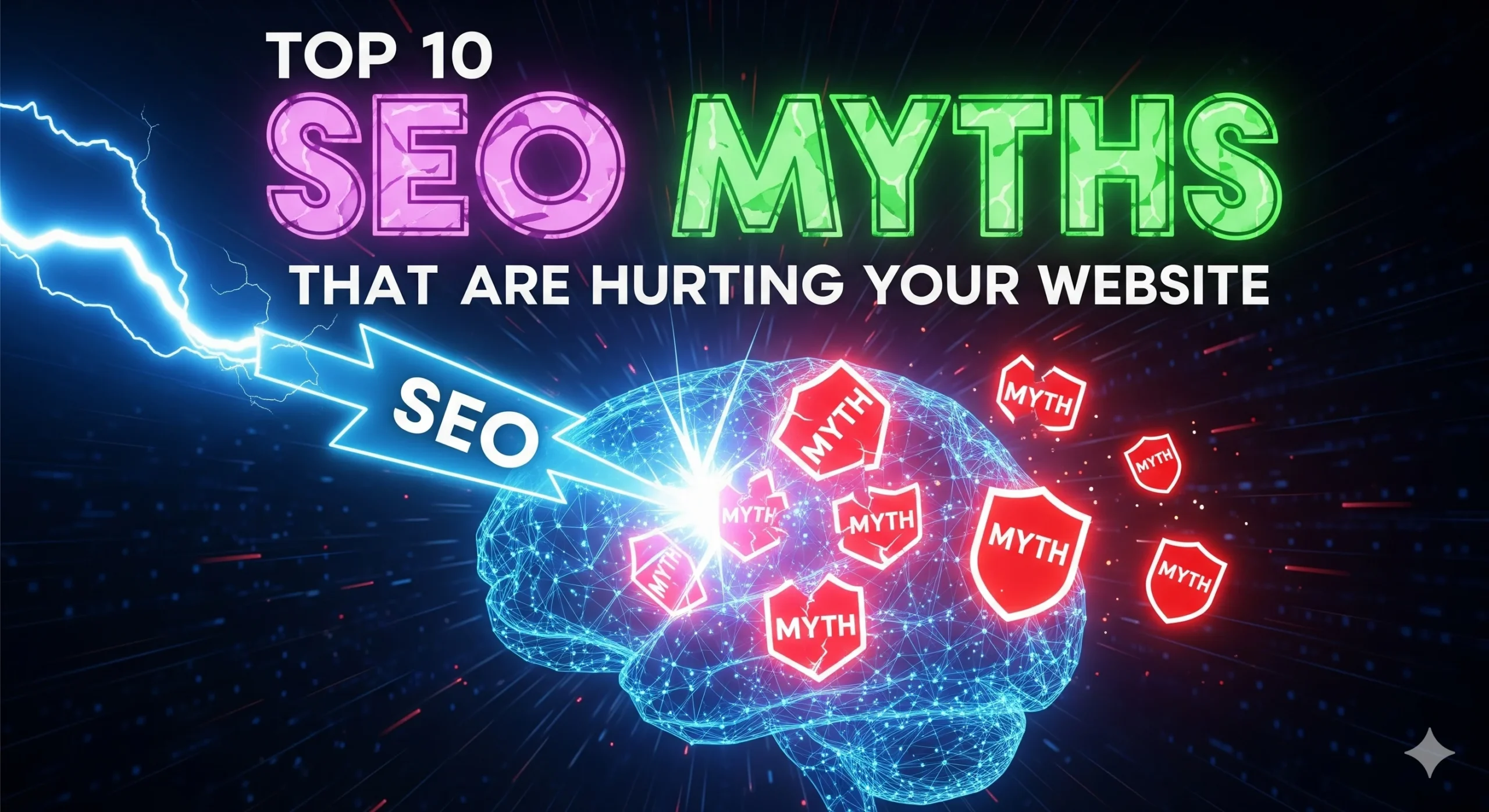In the fast-paced digital world, email marketing remains one of the most effective tools for businesses to connect with their audience. However, one of the most common questions marketers face is: What is the best frequency for sending marketing emails? This is particularly important for businesses in the United Arab Emirates (UAE), where digital transformation is rapidly growing, and businesses are looking to optimize their email campaigns to engage customers and drive conversions.
In this article, we’ll explore the ideal frequency for sending marketing emails, provide some useful tips and tricks, and share insights on how businesses in the UAE can improve their email marketing strategies.
Why Email Marketing Matters in the UAE
The UAE is a rapidly developing hub for technology and digital solutions. With high smartphone penetration and an increasing number of residents turning to the internet for information and services, email marketing offers a personalized touch to businesses. According to the UAE National Media Council, there is an increasing trend of businesses investing in digital solutions to reach both local and international customers.
For businesses providing digital solutions, such as IT services, web development, or digital marketing, it is crucial to remain top of mind without overwhelming customers. Striking the right balance in your email campaign frequency is key to building brand loyalty and enhancing customer relationships.
How Often Should You Send Marketing Emails?
There is no one-size-fits-all answer to the best email marketing frequency. The optimal number of emails depends on your industry, your audience’s preferences, and the type of content you’re sending. However, there are some general guidelines that can help you make informed decisions.
1. Understand Your Audience
One of the most important factors when determining the best email frequency is understanding your target audience. In the UAE, where mobile usage is high and businesses are increasingly utilizing digital platforms, email marketing can be particularly effective for B2B and B2C companies.
B2B (Business to Business): If you’re providing digital solutions to other businesses, a weekly or bi-weekly email cadence might be appropriate. This gives your audience enough time to digest the information and stay engaged without overwhelming them.
B2C (Business to Consumer): For B2C businesses, 2-4 emails per week could be a suitable frequency, depending on the type of products or services you’re offering. E-commerce and service-based companies often benefit from frequent emails that keep customers informed about promotions, discounts, and new offerings.
2. Quality Over Quantity
Sending too many emails may lead to “email fatigue,” where your audience becomes disengaged or starts ignoring your content. On the other hand, sending too few emails can result in missed opportunities for conversions.
To avoid either extreme, ensure that your emails provide value with every send. This could mean offering helpful tips, exclusive promotions, or insightful industry trends that resonate with your subscribers.
Tip: Segment your email list based on engagement levels. This allows you to send more targeted emails to customers who are actively engaging with your content, while sending fewer emails to those who may be less responsive.
3. A/B Testing for Frequency
One effective strategy to determine the best frequency is A/B testing. Test different sending frequencies across small segments of your audience to see which one performs best. Monitor key metrics such as open rates, click-through rates, and unsubscribe rates to identify patterns and optimize your email strategy.
“Testing is essential in email marketing because it allows businesses to make data-driven decisions rather than relying on assumptions,” says Omar Al-Fahim, a digital marketing expert based in the UAE. “Especially in a dynamic market like the UAE, where consumer behavior shifts quickly, A/B testing can help you stay on top of trends.”
4. Timing Is Key
It’s not just about how often you send emails, but also when you send them. In the UAE, the workweek runs from Sunday to Thursday, with Friday and Saturday being the weekend. Knowing when your target audience is most likely to check their email is crucial.
- Best Time to Send: Early mornings (7 AM – 9 AM) and mid-mornings (10 AM – 12 PM) are often the most effective times to reach people. Avoid sending emails during lunch hours or late at night when people may be less likely to check their inbox.
Tip: Use analytics tools to track the time your emails receive the highest engagement, then optimize your sending schedule accordingly.
5. Leverage Automation for Consistency
Automation tools can help you maintain a consistent email marketing frequency without overwhelming your team. With email automation, you can set up drip campaigns, welcome series, or re-engagement campaigns to stay connected with your audience without having to manually send emails every time.
This allows businesses to stay in touch with customers based on triggers, such as recent purchases or site visits, making your email marketing more personalized.
Benefits of Finding the Right Frequency
Increased Engagement: When you send emails at the right frequency, you increase the chances of your subscribers engaging with your content and offers. Consistency builds trust.
Better Customer Retention: By providing value consistently, you enhance customer loyalty. Customers in the UAE, particularly in the digital sphere, appreciate timely and relevant communication.
Reduced Unsubscribes: Email fatigue is a significant reason why subscribers unsubscribe from email lists. Finding the right frequency can help you maintain a healthy list of engaged subscribers.
Conclusion
The best frequency for sending marketing emails ultimately depends on your audience’s preferences and your business objectives. For businesses in the UAE, it is essential to balance regular communication with providing valuable content that aligns with the digital lifestyle of local consumers.
Keep in mind that quality, personalization, and timing are just as important as frequency. Regularly evaluate your email performance, test different strategies, and adapt to customer feedback to refine your approach.
As you refine your email marketing strategy, remember that the ultimate goal is not to flood your customers’ inboxes, but to build lasting relationships through meaningful communication.




